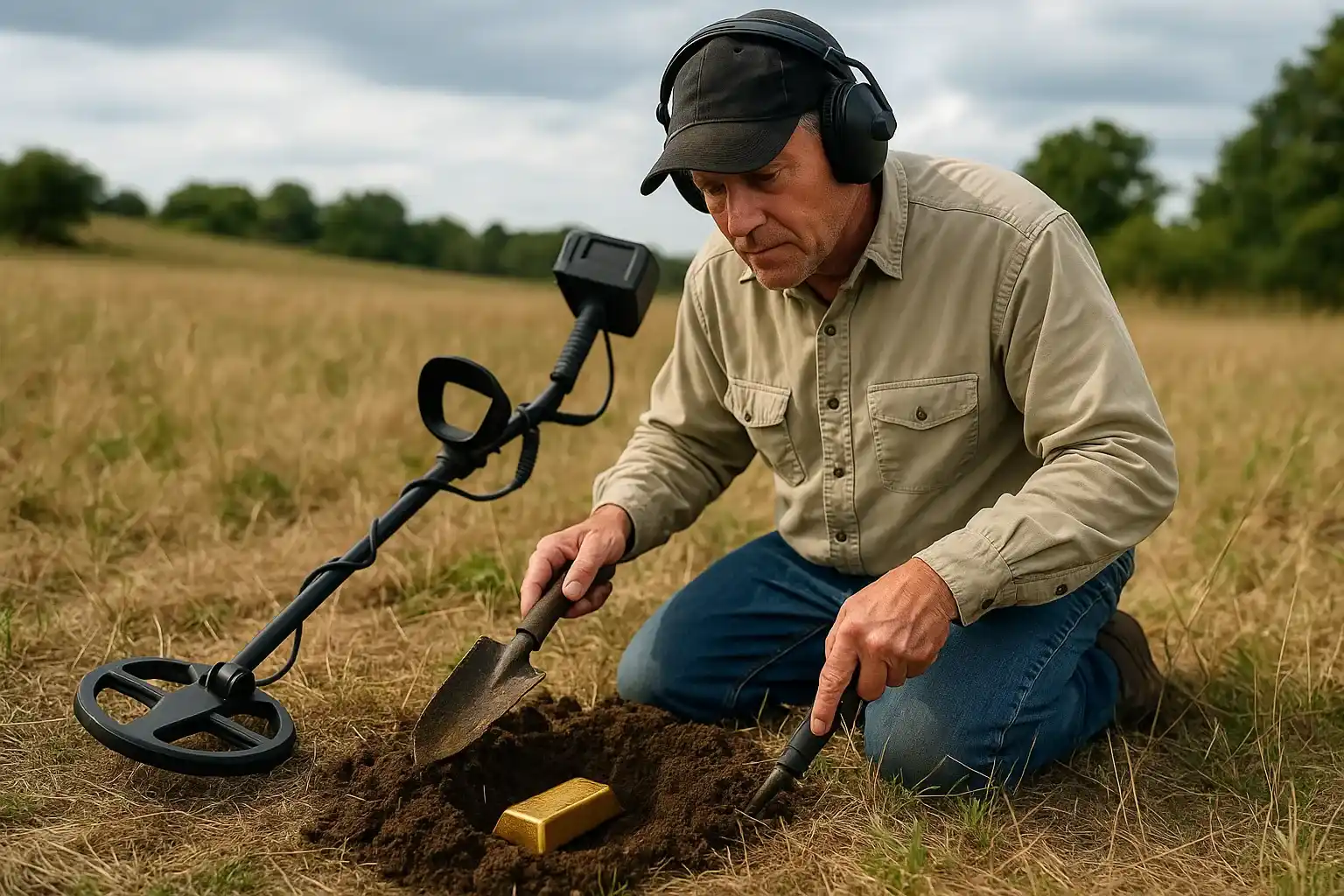For many treasure hunters and hobbyists, one of the most common questions is whether a gold detectors machine can truly tell the difference between gold and other metals. On the surface, it may sound simple: you turn on the machine, sweep the ground, and if there’s gold, it alerts you. In reality, the process is far more complex. Modern detectors operate using advanced technology that allows them to pick up on the unique conductivity and signal patterns of gold, but there are still limitations worth understanding.
How Gold Detectors Work
To understand how a gold detector identifies different metals, it’s important to know the basics of how these machines function. A gold detector sends electromagnetic signals into the ground, and when those signals interact with a metal object, they create a return signal. The machine analyzes this response and alerts the user. Gold, because of its density and conductivity, has a distinct signature compared to other metals like aluminum, iron, or copper.
This is where discrimination technology comes into play. Discrimination is the ability of a detector to filter out unwanted metals while honing in on valuable ones. Advanced detectors allow users to fine-tune their settings to reduce false signals from items like nails, bottle caps, or aluminum foil. Some of the latest innovations in gold detector technology even allow for digital readouts that display probable metal types, helping treasure hunters make informed decisions before digging.
Challenges in Differentiating Metals
While the technology is impressive, it isn’t foolproof. Gold shares conductivity ranges with certain other metals, such as lead and aluminum, which means detectors can occasionally confuse them. Soil conditions, mineralization, and target depth also affect accuracy. For example, in highly mineralized ground, the detector may struggle to provide a clear reading, resulting in mixed signals.
This is why experienced users often say that learning to interpret the detector’s signals takes practice. Subtle differences in tone, consistency, and signal strength can reveal whether the target is likely to be gold or just a piece of scrap metal. For beginners, this learning curve can be steep, but over time, it becomes second nature.
Practical Applications for Prospectors
Professional prospectors often use specialized gold detectors designed to enhance sensitivity to small nuggets while ignoring most iron-based objects. These machines are particularly useful in regions where gold is often found in fine particles rather than large chunks. In such cases, the ability to filter out junk metals is essential, as constant false alarms can waste hours of digging.
Additionally, some machines combine multiple frequency settings, allowing the user to switch modes depending on whether they are searching for small gold flakes near the surface or larger deposits deeper underground. This adaptability is one of the key reasons serious treasure hunters invest in high-quality machines.
The Role of Experience
Even with advanced technology, the person using the machine plays a critical role in accurate detection. A skilled operator can often distinguish gold from other metals by carefully listening to signal patterns, testing multiple sweeps over the same spot, and adjusting the machine’s sensitivity levels. For example, iron targets often produce a broken or choppy sound, whereas gold tends to create a smoother and more consistent tone.
Experience also teaches users when to dig and when to pass. Many newcomers dig at every signal, which can be exhausting. More seasoned prospectors, however, learn to identify which signals are worth their time.
The Future of Gold Detection
Looking ahead, the future of gold detection technology is promising. With the integration of AI and smart sensors, upcoming models may become more precise in distinguishing between gold and other metals. Some prototypes are already showing the ability to map underground signals in 3D, offering even greater accuracy and reducing the chance of false targets.
As these advancements continue, it is likely that gold detectors will become more user-friendly, efficient, and reliable. For treasure hunters, that means fewer wasted digs and a greater chance of striking gold.
Final Thoughts
So, can a gold detectors machine differentiate between gold and other metals? The answer is yes—but with some limitations. Modern detectors are equipped with powerful discrimination features that can significantly improve accuracy, but no machine is perfect. The key lies in combining advanced technology with user experience and patience.
For hobbyists and professional prospectors alike, investing in a quality gold detector and dedicating time to learning its signals can make all the difference. Ultimately, while the machine provides the tool, it is the operator’s skill that unlocks its full potential in the search for gold.


